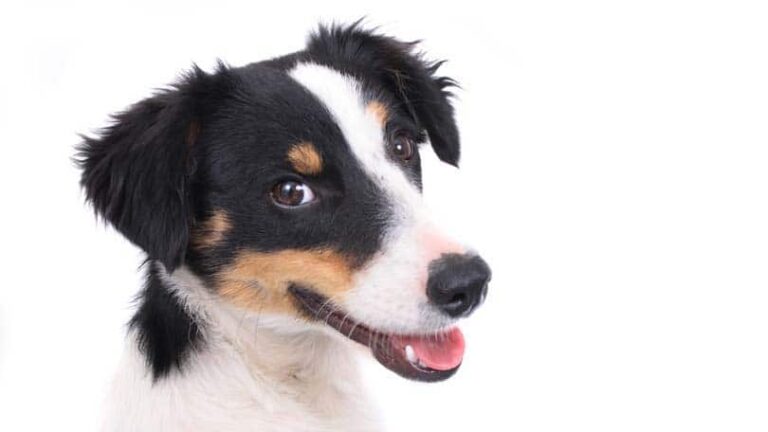Teaching Your Puppy to Walk on a Leash
Many breeders now mark puppies with colored cords at birth in order to keep track of them properly as they mature. This is especially important in breeds with few distinguishing markings – how do you accurately tell one two-week-old black Labrador Retriever from its ten litter mates? Yet it is vital to make sure that each pup is gaining weight and thriving so identifying them is essential.
As the pups age, the cord is replaced with a collar and the pup adjusts easily to it. However, the fun starts when you attach a leash to that collar! Suddenly the pup is faced with something that not only restricts its movement but also pulls at its neck. Most pups either flop their bottom on the ground and refuse to move or chew the leash in an attempt to get away from the restraint. Neither is effective and the next step is vital in teaching your puppy to walk on a leash.
Teaching a Puppy to Walk on a Leash
Puppies do not naturally want to walk on a leash but most do have a strong drive to follow their human, especially if their human bribes them with food or makes happy noises to coax them along. However, you do not want to be forced to bribe them to walk the rest of their lives. Ensuring the first few times you try teaching your puppy to walk on a leash are happy, successful and rewarding experiences for both your and your new pet are essential steps in guaranteeing future walks are equally effortless.
First, get your pup used to the leash without adding too many new stressors. Find a thin leash that is no more then four feet long and attach it to your pups collar. A short, light rope can also be used. Let you pup drag the leash around the house or yard, allowing him to get used to the odd pressure on his neck. Start with five minutes at a time and work up until he is comfortable with the leash attached to his collar for twenty minutes at a time. Always monitor these sessions carefully and, in the beginning, if the leash becomes snagged on something, either unhook him quickly or release the leash from where it is hooked. As he becomes more used to the leash, allow him to stay snagged for a short period and see if he able to unhook himself on his own. If he starts to panic, release the collar and distract him from his stressor. If he turns to chew the leash, gently remove it from his mouth and say ‘no chew’. Reward him when he stops chewing on the leash with a treat or another toy.
The next step in teaching a puppy to walk on a leash is more of a following game then anything. While the leash is attached to his collar and facing him, back up while coaxing him to follow your movement. Most puppies happily hop along in an attempt to catch you. Once he seems comfortable with that, turn around so that you are facing forward and he is beside you on your left hand side. While holding the leash in your left hand, coax him with a treat in your right hand. Walk a few steps and give him the treat. Walk a few more steps and give him the treat. Verbal encouragement is vital at this point as well in teaching a puppy to walk on a leash happily and with confidence.
Once he is content to walk beside you in your house or yard, it is time to try him around a few distractions. Have a friend or family member through a ball around the yard, whistle, dance, and generally act goofy while you continue to encourage him to behave nicely on the leash. Eventually, you want to work him in front of other dogs or children and have him behave properly.
When he is fully vaccinated at sixteen weeks of age, it is time to continue teaching your puppy to walk on a leash but in the real world where squirrels, cats, cars, and bicycles are always there to try to distract him. With a solid grounding in walking on a leash, it should not be difficult to regain his attention and continue your walk.
Most puppies learn to love going for walks and the sight of their leash in your hand is almost as exciting as their food dish! Always make sure you take your pup to fun and exciting places on their walk and encourage them to walk nicely with both verbal praise and food until they learn to enjoy walking on a leash.

Having discovered a fondness for insects while pursuing her degree in Biology, Randi Jones was quite bugged to know that people usually dismissed these little creatures as “creepy-crawlies”.







